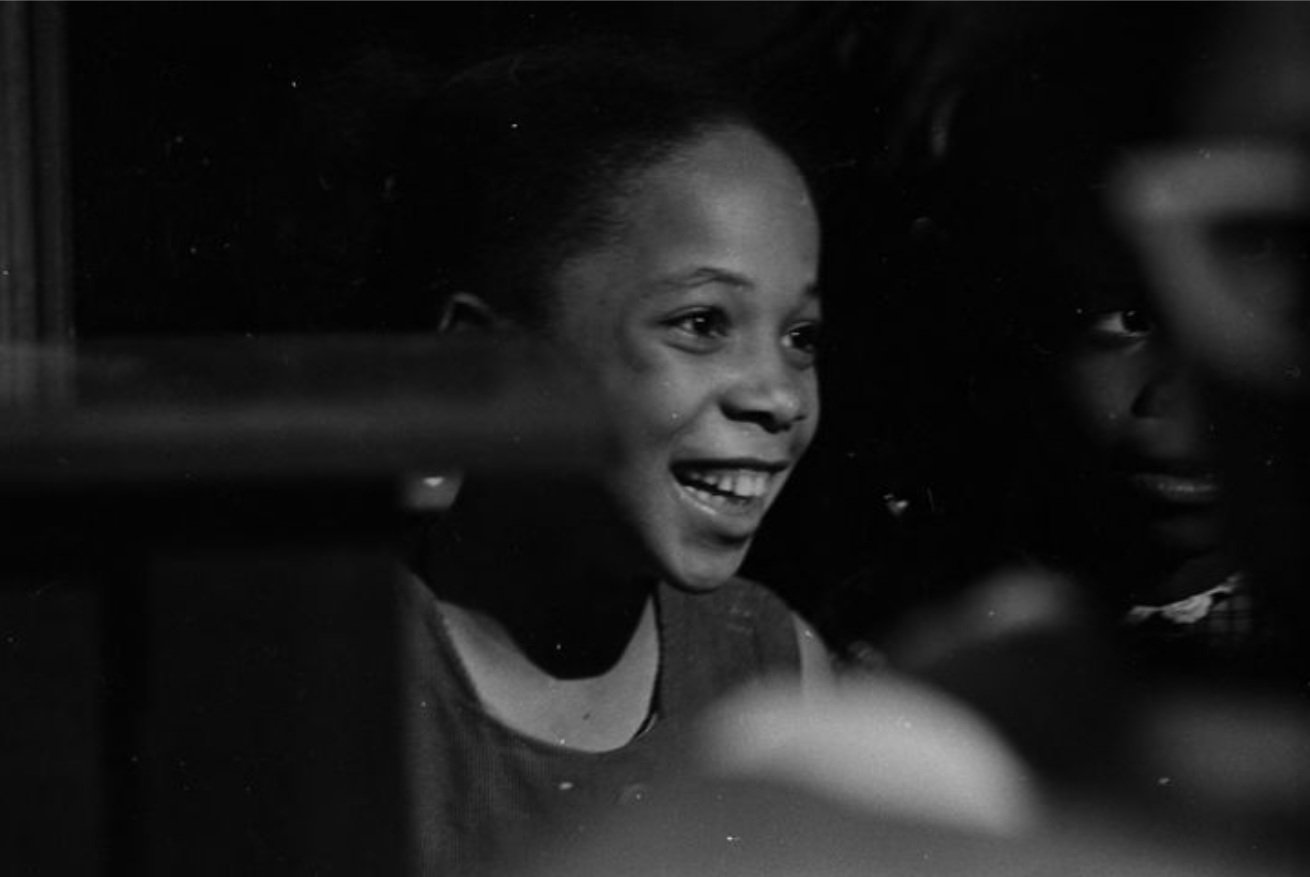
Guns and the Southern Freedom Struggle: What’s Missing When We Teach About Nonviolence
Reading by Charles E. Cobb Jr.
Asserting their right to defend themselves when attacked was a tradition that safeguarded and sustained generations of Black people in the United States. Yet this tradition is almost completely absent from the conventional narrative of the Southern civil rights struggle.

Nonviolence vs. Jim Crow
Primary Document by Bayard Rustin
This essay, based on an experience Rustin had in 1942, is one example of the countless challenges to Jim Crow and the use of non-violence as a tactic that predate the traditional 1954 start date for the Civil Rights Movement.

Sheyann Webb: A Story for First Grade
Reading by Maggie Donovan
First-grade teacher and SNCC veteran Maggie Donovan wrote this story about Sheyann Webb to introduce her students to the role of young people (like themselves) in the Civil Rights Movement.

Preserving and Teaching Black History
Interview of Timothy Jenkins by Rock Newman
During this powerful interview, Timothy Jenkins talks about the history of Howard University, the Student Nonviolent Coordinating Committee (SNCC), pan-Africanism, liberatory education, the Association for the Study of African American Life and Culture (ASALH), Black history as American history, Stokely Carmichael, lessons from the barbershop, revolutionary nonviolence, and much more.

Teaching About Nonviolence and Self-Defense
Teaching Idea by Julian Hipkins III
In the article and video clip used in this lesson, Charles E. Cobb Jr. talks about the role that self-defense and nonviolence played in the Civil Rights Movement. Cobb explains that for many, nonviolence was a tactic rather than a way of life. People in communities across the south were prepared to use lethal force when necessary to protect themselves.
